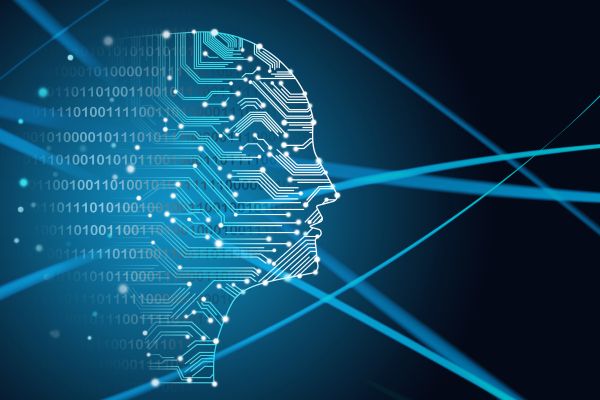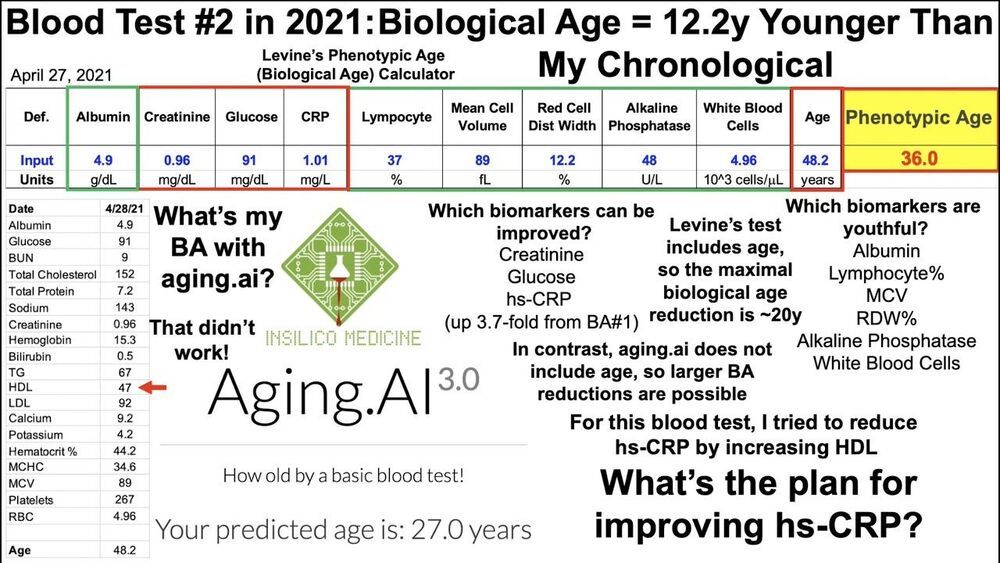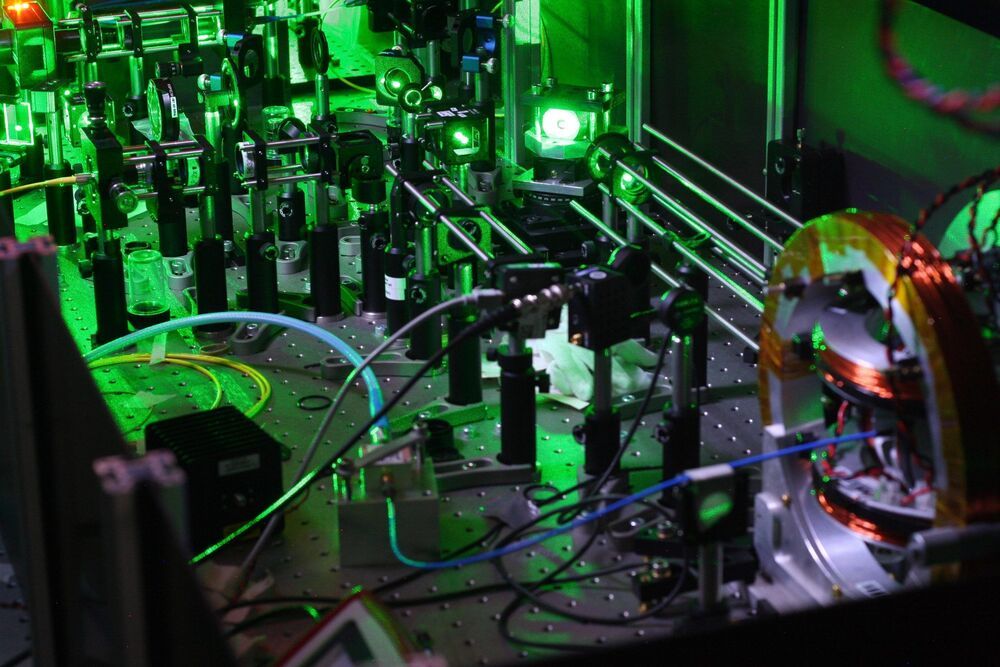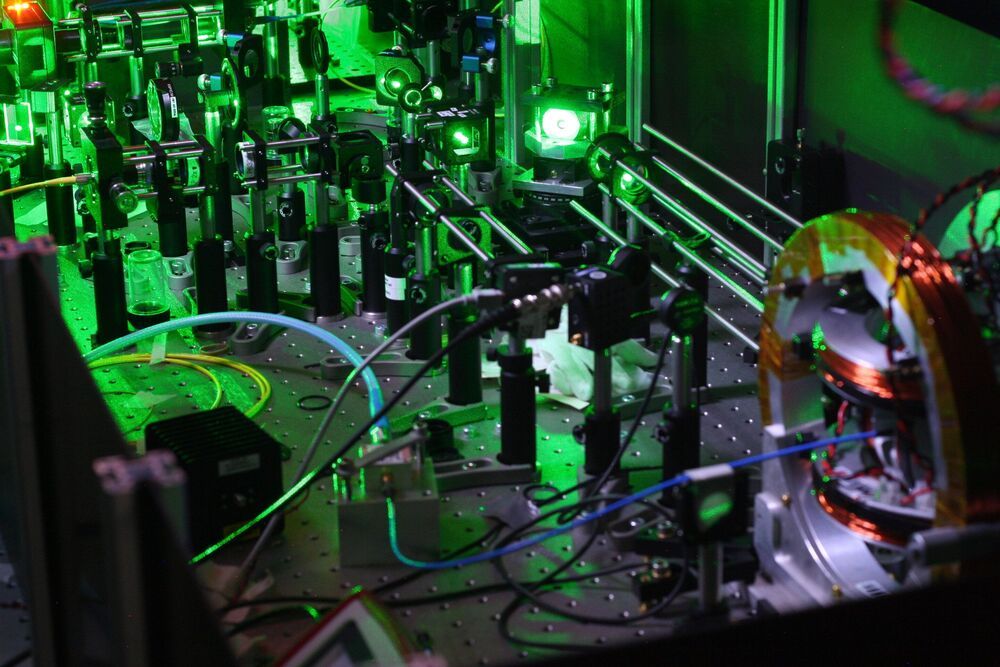
As content moderation continues to be a critical aspect of how social media platforms work — one that they may be pressured to get right, or at least do better in tackling — a startup that has built a set of data and image models to help with that, along with any other tasks that require automatically detecting objects or text, is announcing a big round of funding.
Hive, which has built a training data trove based on crowdsourced contributions from some 2 million people globally, which then powers a set of APIs that can be used to identify automatically images of objects, words and phrases — a process used not just in content moderation platforms, but also in building algorithms for autonomous systems, back-office data processing, and more — has raised $85 million in a Series D round of funding that the startup has confirmed values it at $2 billion.
“At the heart of what we’re doing is building AI models that can help automate work that used to be manual,” said Kevin Guo, Hive’s co-founder and CEO. “We’ve heard about RPA and other workflow automation, and that is important too but what that has also established is that there are certain things that humans should not have to do that is very structural, but those systems can’t actually address a lot of other work that is unstructured.” Hive’s models help bring structure to that other work, and Guo claims they provide “near human level accuracy.”


















